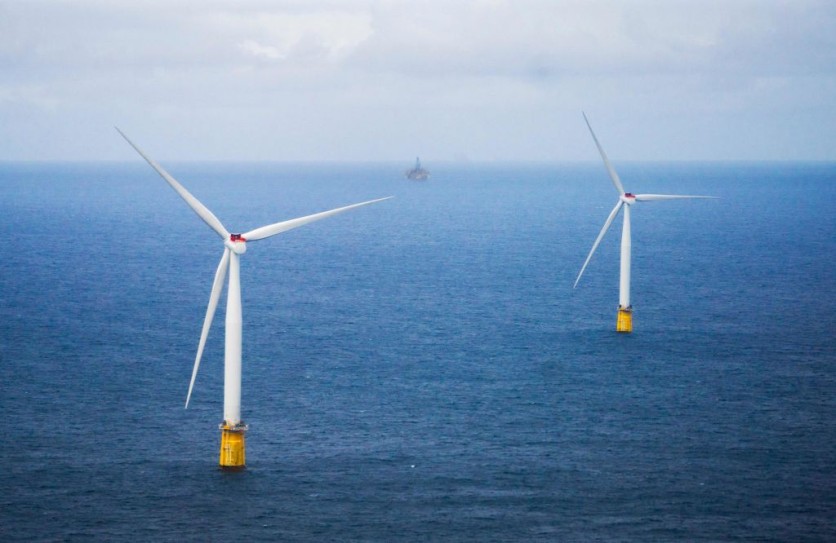A new study has unveiled the vulnerability of offshore wind farms to cyberattacks, specifically those employing voltage-source-converter high-voltage direct-current (VSC-HVDC) connections.
The study, presented at the 2023 IEEE International Conference on Communications, Control, and Computing Technologies for Smart Grids, explores the risks of cyberattacks faced by these crucial energy installations.
"As we advance the integration of renewable energies, it is imperative to recognize that we are venturing into uncharted territory, with unknown vulnerabilities and cyber threats," said Juanwei Chen, a PhD student at the Concordia Institute for Information Systems Engineering (CIISE) at the Gina Cody School of Engineering and Computer Science.

Offshore Wind Farms Face Risk of Cyberattacks
Researchers from Concordia and Hydro-Quebec disclosed findings on the vulnerability of offshore wind farms to cyberattacks. They noted that since offshore wind farms are connected to the main power grid through HVDC technologies, they also confront operational challenges that cyber threats may exacerbate.
Offshore wind farms are large-scale facilities located in bodies of water, typically seas or oceans, where wind turbines are installed to harness wind energy and generate electricity.
These wind farms are designed to take advantage of strong and consistent winds over open water, which can result in more efficient and reliable power generation compared to onshore wind farms.
Furthermore, these farms are distinct from their onshore counterparts because they are positioned kilometers away from land and depend significantly on cyberinfrastructure for remote operations.
The elaborate communication network encompasses interactions among offshore wind farms, onshore systems, maintenance vessels, inspection drones, and turbines. According to the research team, this intricate hybrid communication structure introduces numerous potential entry points for cyberattacks.
Read Also : Alleged Russian Cyberattack Persists, Ukraine Still Has No Internet, Air Alert Systems a Day After Attack
How Malicious Actors Could exploit Offshore Wind Farms
If malicious actors manage to infiltrate the local area network of the converter station on the wind farm side, they could manipulate the system's sensors, substituting genuine data with false information.
Consequently, electrical disruptions would impact the offshore wind farm at the points of standard coupling. Subsequently, these disruptions could initiate inadequately damped power oscillations from the offshore wind farms during their peak output.
According to the study, should these cyber-induced electrical disturbances persist and synchronize with the frequency of poorly damped power oscillations, there is a risk of amplifying the oscillations.
These heightened oscillations may then be transmitted through the HVDC system, potentially reaching and influencing the stability of the main power grid.
Existing systems often incorporate redundancies for protection against physical contingencies, and such protection is rare against cyber security breaches. The research team's findings were published in IEEE Xplore.
Related Article : Play Ransomware Gang Claims Responsibility For Stanley Steemer Cyberattack in March: Nearly 68,000 People Affected

ⓒ 2025 TECHTIMES.com All rights reserved. Do not reproduce without permission.




